During an interview with The Jesuit Post, James Martin said the following:
…it seems like the majority of the LGBT Catholic community does not agree with the church’s teaching on same-sex relations: that is, they are impermissible. From what many LGBT people tell me, that particular teaching doesn’t fit with their own experiences as human beings who love and are loved. So that teaching, it seems, has not been “received” by the LGBT community, which is the community most affected by it.
Then, the question becomes how do we who care about this community facilitate or help the acceptance or reception of those teachings. This is James Martin’s approach: at St. Cecilia Parish in Boston, Massachusetts, where Martin spoke on June 17, 2017 about how the Catholic Church could “build a bridge” to the LGBT community, Martin discussed the possibility that wording in the Catechism regarding homosexuality could be modified from “intrinsically disordered” to “differently ordered;” he talked at length about how the Roman Centurion mentioned in Scripture – could have possibly been asking Christ to heal his “gay” lover; he also made inflammatory statements alleging that those in the Catholic Church repeatedly label members of the LGBT Catholic community as “same sex afflicted.”
Following Martin’s talk, two “gay” Catholic members of St. Cecelia Parish recounted some of their struggles with Catholicism and how both – disagree with Church teaching.
Will this discussion help the LGBT Catholic community “receive” the teachings of the Church; or does it strengthen their conviction that indeed the Church is incorrect on this matter–because LGBT Catholics, as Martin claims, are “more knowledgeable” on this topic?
Also, there is a long history of dissent at the Parish, in 2011, the Archdiocese of Boston canceled a planned “Pride” Mass at the St. Cecilia; then in 2015, on the Memorial of Sts. Sergius and Bacchus, St. Cecilia’s Rainbow Ministry posted the following to their official Facebook page:
Recent attention to early Greek manuscripts has also revealed that they were openly gay men and that they were erastai or lovers. These manuscripts are found in various libraries in Europe and suggest an earlier Christian acceptance of homosexuality.
Also, in 2015, St. Cecilia’s Rainbow Ministry sent “Congatulations to the National Catholic Reporter on a brilliant editorial decision” when the periodical chose a married same-sex couple as their “Persons of the Year.”
Finally, during Martin’s visit to the Parish, on his Facebook page, he lauded his same-sex married friend, (a former Catholic religious) adding later:
“I have a hard time imagining how even the most traditionalist, homophobic, closed-minded Catholic cannot look at my friend and say, ‘That is a loving act, and that is a form of love that I don’t understand but I have to reverence.”
In this context, what James Martin said, and did not refute or even attempt to explain, at St. Cecilia in Boston at best could be regarded as completely reckless. For I believe he succeeded only in confirming many of the communities’ false beliefs and deepening their confusion and continued denial of the truth.
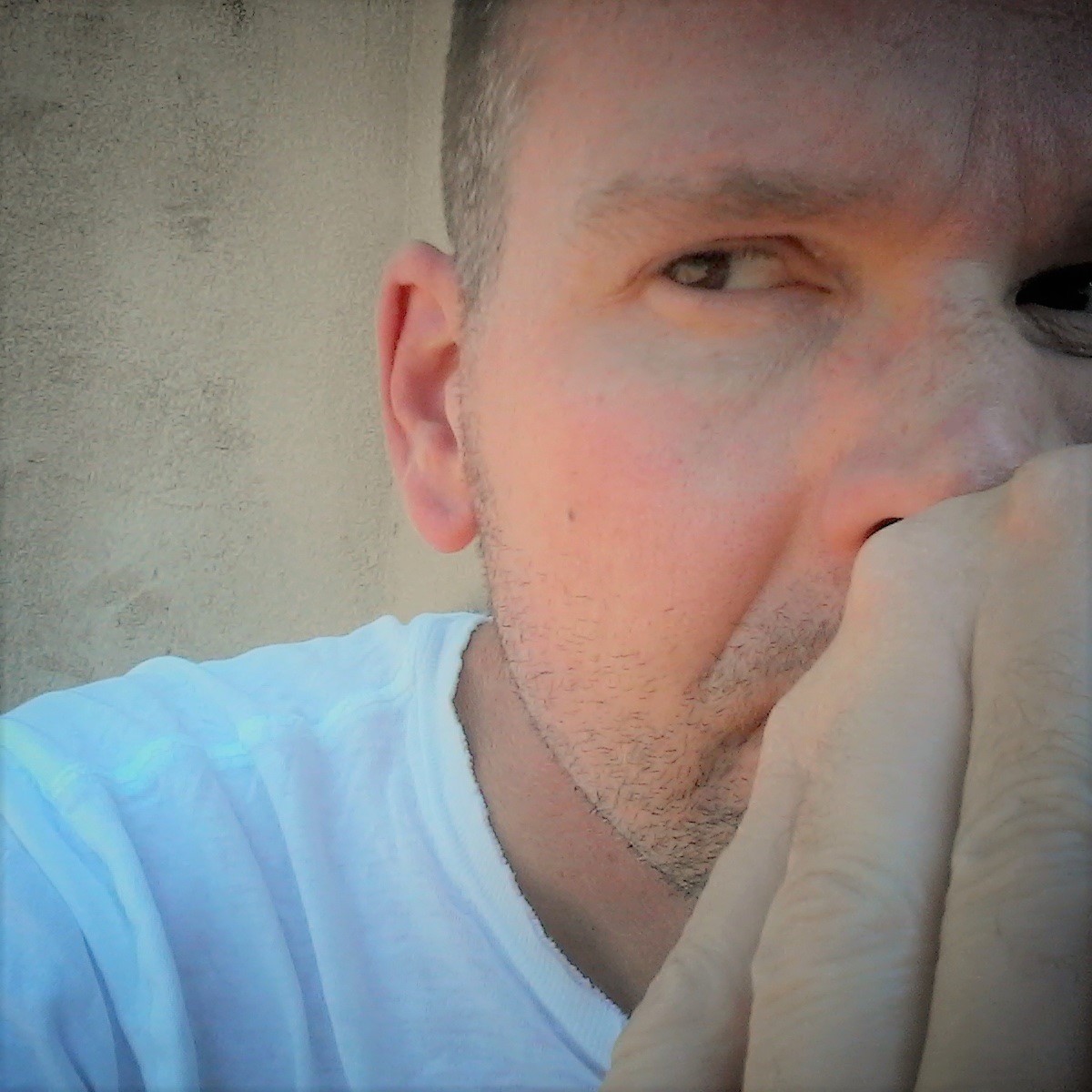
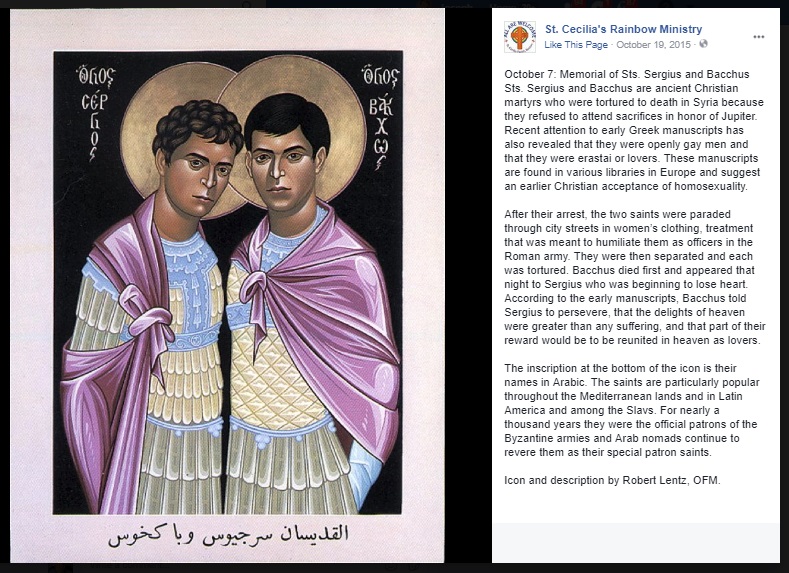
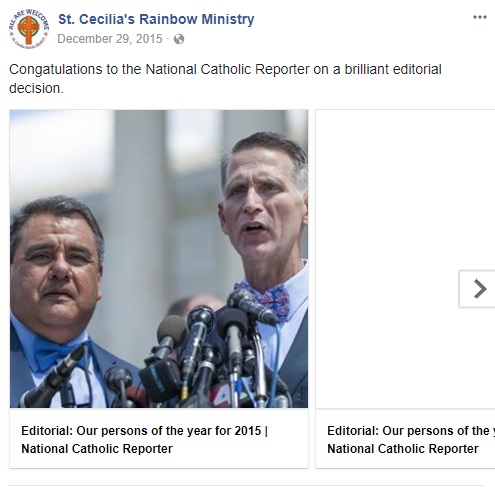
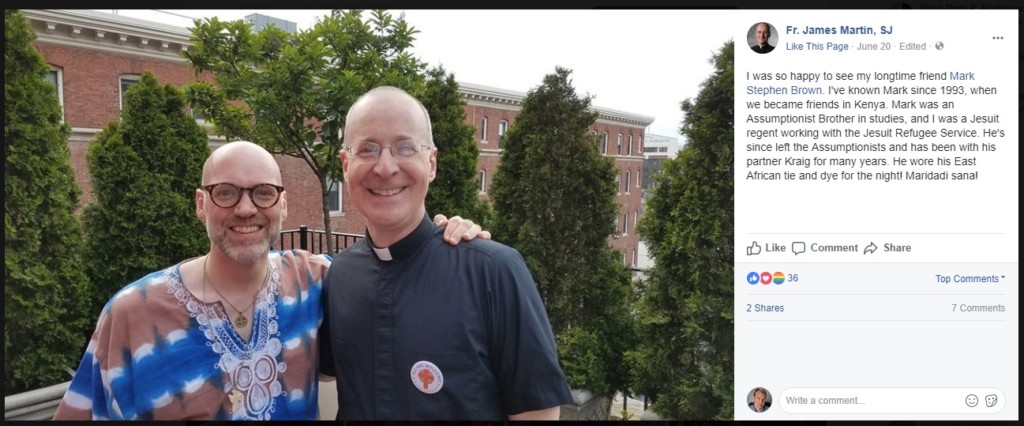




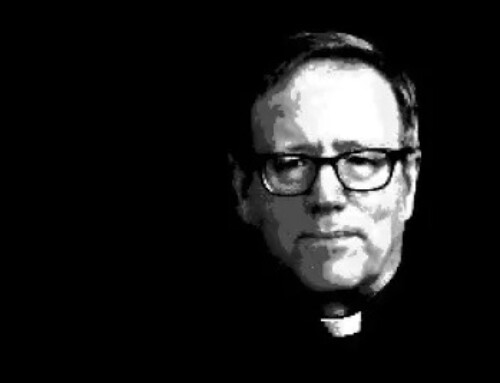
If one professes the Catholic/Christian Faith then they are obliged to follow the Ten Commandments – “If you love Me, keep My Commandments”. Those who put the ‘self’ above God (1st Commandment) is opening themselves up to disobeying all the other nine. The sixth commandment calls everyone that is single (heterosexual, homosexual, trans) to maintain chastity. Even those contemplating marriage must also keep the sixth commandment before the sacrament is bestowed upon them. Making exceptions for any particular strain of sexuality leaves the door wide open for the rest to demand the same regard. It even suggests that the whole of the Ten Commandments needn’t be adhered to (as per AL) which, if followed through, would make a nonsense of the Christian Faith & fill the depths of Hell in no time at all. Such present-day attitudes leads to a similar disregard for Life & promotes the Abortion industry.
‘Fr.’ Martin should be speaking about the horrors attached to sodomy, both spiritual & physical, rather than ignoring them. Many men have found their way out of this way of life helped by Courage & an awareness of self worth in the eyes of God who expects us to confront our demons, not to embrace them.
Joseph, Thank you for preaching truth.
Their focus is not Christ centered it is me centered. Shame on those pretender priests who counsel and promote sin.
Joseph Sciambra’s life as a homosexual…I was really taken by his story; revelatory, honest and well-written. Kudos!!!
Kathi in VT